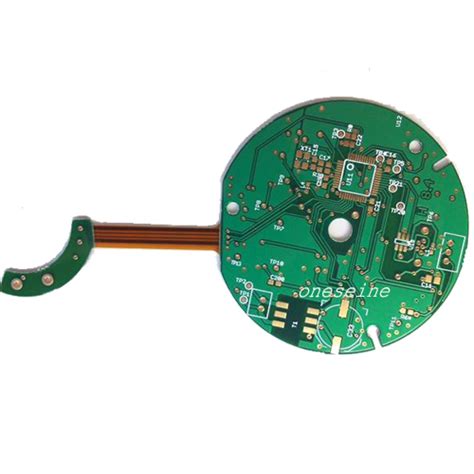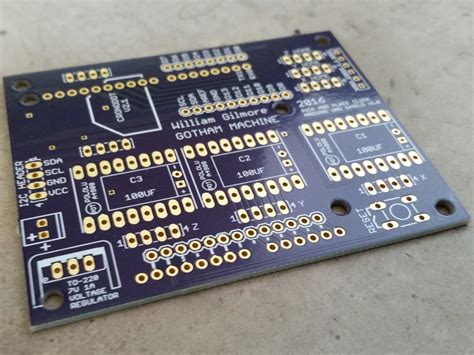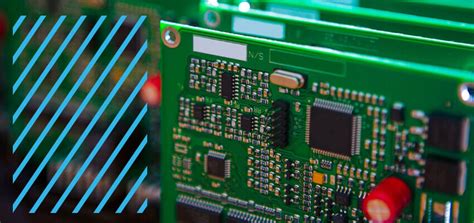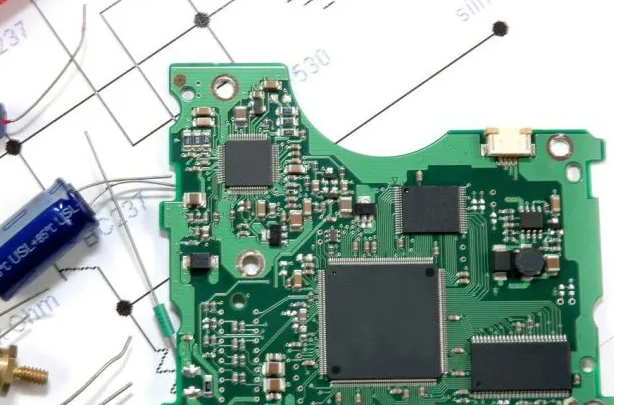Leading Ceramic PCB Manufacturer for High-Performance Electronics
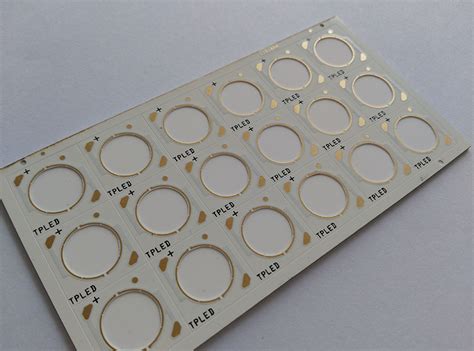
Key Takeaways
The realm of pcb manufacturing is rapidly evolving, with ceramic PCBs at the forefront due to their superior properties. By partnering with leading pcb manufacturing companies, you can access materials like Alumina and Aluminum Nitride, which are renowned for their exceptional insulation and temperature resistance. This ensures that your high-performance electronics operate reliably even under demanding conditions.
When evaluating the pcb manufacturing cost, it’s crucial to consider the long-term benefits that these materials bring, such as increased durability and reduced failure rates in advanced applications. The initial investment might be higher compared to traditional options, but the benefits of longevity and reliability are often worth it in the context of a sustainable pcb manufacturing business.
For example, a comparison can help clarify these advantages:
| Feature | Ceramic PCBs | Traditional PCBs |
|---|---|---|
| Insulation | Excellent | Moderate |
| Temperature Resistance | High | Low |
| Reliability | Exceptional | Variable |
You might find it beneficial to conduct thorough research or consult experts when choosing your pcb manufacturing partner. This is vital because a proficient manufacturer can provide innovations in technology that lead to better performance and adherence to industry standards.
“The right choice in PCB material today paves the way for enhanced systems tomorrow.”
Ultimately, aligning your project needs with the expertise of a leading ceramic PCB manufacturer can significantly influence your success in high-performance electronics design and production.
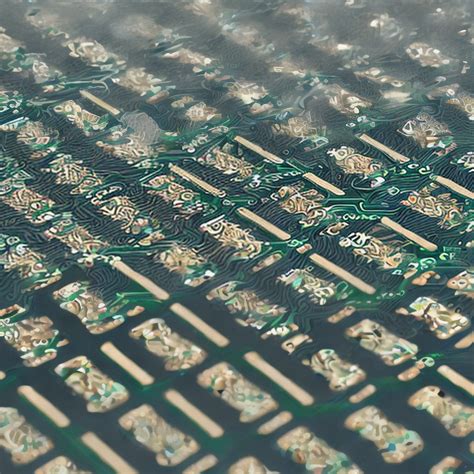
Introduction to Ceramic PCBs: The Future of Electronics
As you delve into the realm of ceramic PCBs, you’ll uncover a significant evolution in the landscape of electronic components. PCB manufacturing has progressed to meet the rigorous demands of modern technology, integrating materials that can withstand extreme conditions. Among these advanced offerings, Alumina and Aluminum Nitride ceramics stand out due to their exceptional thermal conductivity and electrical insulation properties. These innovative materials not only enhance performance but also improve durability in various applications, making them a preferred choice over traditional options.
For those engaged in the PCB manufacturing business, understanding these advantages can lead to smarter decisions regarding material selection. The overall PCB manufacturing cost can vary significantly based on material choices; however, investing in high-quality ceramic boards often leads to long-term savings through increased reliability and reduced failure rates. As you explore various PCB manufacturing companies, you’ll find that many are now focusing on these ceramic solutions, highlighting a noteworthy shift in industry standards. The proactive integration of such technologies represents not just an upgrade but a commitment to quality and performance that aligns with the future of electronics.
In summary, your exploration into ceramic PCBs is not merely academic; it represents a critical understanding that can shape your electronic projects and investments effectively. By embracing this future-oriented approach, you’ll find opportunities that maximize both performance and cost-effectiveness in your endeavors. For more insights into superior PCB solutions, consider visiting this page.
Advantages of Alumina and Aluminum Nitride in PCB Manufacturing
When you delve into pcb manufacturing, the choice of materials significantly influences not just the performance but also the longevity and reliability of electronic devices. Among the various materials used, Alumina and Aluminum Nitride stand out as superior options for those requiring robust solutions. These ceramics offer remarkable thermal conductivity, surpassing that of traditional options, which is crucial for managing heat in high-performance applications. As a result, using these materials can significantly reduce the risk of overheating, thereby enhancing device reliability.
In the landscape of pcb manufacturing companies, selecting Alumina or Aluminum Nitride can optimize your pcb manufacturing cost by providing longer-lasting solutions that require less frequent replacements or repairs. Moreover, both materials boast excellent electrical insulation properties, contributing to a decrease in signal loss and electromagnetic interference. The unique combination of thermal stability and strength makes them ideal for use in extreme conditions often encountered in modern technologies. Thus, embracing these advancements in your pcb manufacturing business enhances not only efficiency but also innovation within your product lineup. By focusing on these materials, you position yourself to better meet the demands of advanced applications while minimizing long-term operational costs.
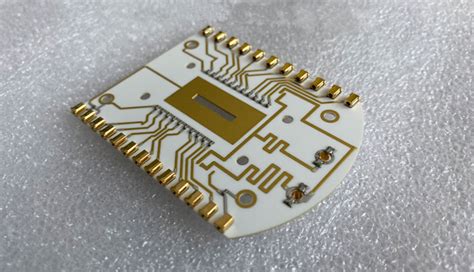
High-Performance Applications of Ceramic PCBs
In the rapidly advancing landscape of electronics, ceramic PCBs have emerged as a cornerstone for high-performance applications. These sophisticated circuit boards are invaluable in sectors where thermal management, electrical insulation, and component reliability are paramount. Industries such as aerospace, automotive, and medical devices increasingly rely on the superior characteristics of Alumina and Aluminum Nitride substrates to ensure optimal performance. For instance, in high-frequency applications, the dielectric constant and low thermal conductivity of ceramic materials can significantly enhance signal integrity while minimizing signal loss. Moreover, these materials excel in environments that demand high thermal resistance, effectively reducing the risk of overheating during operation. When considering pcb manufacturing, it’s essential to align with reputable pcb manufacturing companies that provide these advanced materials tailored for your specific needs. The precision inherent in ceramic PCB fabrication also affects the overall pcb manufacturing cost, ensuring that your products not only meet performance standards but also remain competitive in the marketplace. Understanding these aspects can significantly influence your decision-making process when selecting a partner to foster the growth of your pcb manufacturing business. Ultimately, choosing a skilled ceramic PCB manufacturer will not only enhance your product offerings but also establish a foundation for innovation and excellence in demanding applications.
The Manufacturing Process: How Ceramic PCBs are Made
The manufacturing process of ceramic PCBs is a sophisticated procedure that combines precision and advanced technology to create components capable of meeting the demanding requirements of high-performance electronics. Initially, raw materials such as alumina and aluminum nitride are selected for their exceptional properties, including high thermal conductivity and superior insulation. These materials undergo various stages, including milling and mixing, to ensure a homogenous material blend. Next, the formulation is shaped into desired forms using techniques like pressing or injection molding. The resulting green bodies are then subjected to high-temperature sintering, which effectively transforms them into strong and reliable substrates. The high temperatures involved in this step contribute to their notable temperature resistance and durability. After sintering, additional processes such as screen printing for the conductive layers and etching can be employed to finalize the layout according to specific electrical requirements. This meticulously organized pcb manufacturing process revolves around precision-engineered techniques used by leading pcb manufacturing companies, ensuring that every component meets stringent quality standards while remaining cost-effective for your projects. Overall, understanding this intricate manufacturing landscape allows you to better navigate the complexities of pcb manufacturing costs and appreciate why choosing a reputable provider in the pcb manufacturing business matters significantly for your applications.
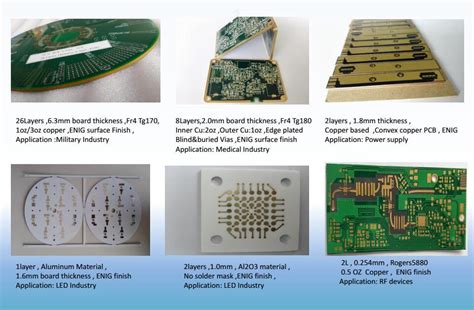
Comparisons: Ceramic PCBs vs. Traditional PCBs
When evaluating ceramic PCBs against traditional options, several critical factors come into play that can influence your decision in the pcb manufacturing business. Traditional PCBs, often made from fiberglass-reinforced epoxy, tend to offer lower costs and are widely available through various pcb manufacturing companies. However, they may fall short in performance when faced with demanding environments that require high thermal conductivity and exceptional electrical insulation. In contrast, ceramic PCBs, particularly those using Alumina and Aluminum Nitride, stand out due to their superior thermal management properties and pcb manufacturing cost advantages in high-performance applications.
While ceramic materials can initially appear more expensive, their longevity and reliability in harsh conditions can lead to reduced maintenance costs over time, which is a valuable consideration for any electronics project. Furthermore, because of their inherent strengths, ceramic PCBs reduce the risk of thermal degradation and improve the overall lifespan of your electronic devices. If you prioritize long-term performance and durability for advanced applications, investing in ceramic options may prove beneficial for your projects compared to traditional alternatives. Thus, understanding the nuances and specific advantages of both options can help you make a more informed decision tailored to your particular requirements in the ever-evolving landscape of pcb manufacturing.
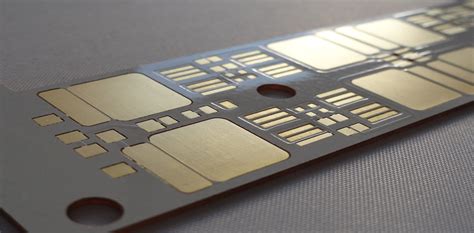
Quality Assurance in Ceramic PCB Production
In the competitive landscape of pcb manufacturing, ensuring outstanding quality is paramount for pcb manufacturing companies focused on ceramic PCBs. You must understand that quality assurance begins with selecting the right materials, such as Alumina and Aluminum Nitride, which inherently possess exceptional properties for high-performance applications. The rigorous testing and quality control processes in place are designed to verify aspects such as electrical insulation, thermal management, and overall durability, giving you confidence in your product’s reliability. Furthermore, understanding the pcb manufacturing cost is crucial; while ceramic options may present a higher initial investment, the long-term benefits of reduced failures and maintenance can significantly outweigh these costs. By staying informed about the latest advancements in quality assurance methodologies, you can engage with manufacturers that prioritize meticulous oversight in their pcb manufacturing business, ensuring your products meet industry standards and exceed performance expectations.
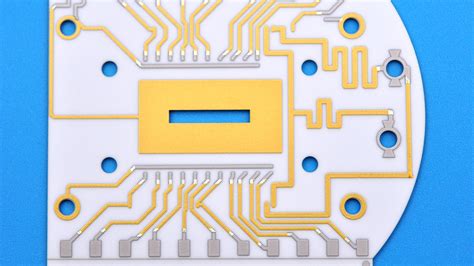
Innovations in Ceramic PCB Technology
The landscape of pcb manufacturing is continuously evolving, driven by the need for more efficient and reliable solutions in modern electronics. As you delve into the innovations in ceramic PCB technology, you will find that alumina and aluminum nitride have become essential materials that stand out for their superior properties. These advanced ceramics not only enhance thermal conductivity but also provide excellent electrical insulation, setting new benchmarks for reliability in high-performance applications.
Moreover, recent advancements in fabrication techniques have enabled you to obtain intricate designs with reduced pcb manufacturing costs, catering to a wide range of industries from telecommunications to aerospace. Many leading pcb manufacturing companies are now employing innovative processes that optimize production efficiency while maintaining stringent quality standards. This shift towards automation and enhanced precision is transforming the pcb manufacturing business, allowing for faster turnaround times and greater flexibility in meeting customer specifications.
As innovation continues, it’s crucial to remain aware of how these developments can impact your selection of ceramic PCBs, ultimately positioning them as a backbone for future electronic devices that demand exceptional performance under challenging conditions.
Conclusion: Choosing the Right Ceramic PCB Manufacturer
In selecting the right ceramic PCB manufacturer, you must consider several critical factors to ensure that your needs are met. First and foremost, assess the expertise and specialization of various PCB manufacturing companies. Different manufacturers might focus on diverse materials, techniques, or sectors, so ensure that their strengths align with your project requirements. Additionally, take into account the pcb manufacturing cost as it can significantly impact your overall budget. It’s essential to obtain quotes from multiple suppliers to gauge where you can find the best value without compromising quality. The reputation and quality assurance processes of a manufacturer play a vital role in ensuring reliability—particularly for high-performance applications where failure is not an option. Understanding their pcb manufacturing business practices can also reveal their commitment to innovation and advancements in technology, which are paramount for keeping pace in today’s rapidly evolving electronic landscape. Ultimately, by conducting thorough research and weighing these crucial factors, you can confidently choose a ceramic PCB manufacturer that fits your specific needs and propels your project toward success.
Conclusion: Choosing the Right Ceramic PCB Manufacturer
Selecting the right ceramic PCB manufacturer is a crucial step for anyone involved in the pcb manufacturing business. When you consider the intricacies of pcb manufacturing, understanding the materials and processes can significantly affect performance and costs. Your choice of manufacturer should be based on their expertise and capability in producing alumina and aluminum nitride PCBs, which are known for their exceptional quality. The best pcb manufacturing companies offer not only competitive pricing but also high reliability and performance, making them ideal partners for high-performance electronics. You should also examine the overall pcb manufacturing cost associated with their products, ensuring that you’re receiving quality without compromising your budget. Ultimately, a well-informed decision will lead to enhanced product performance, durability, and efficiency in your electronic applications. Remember that your requirements will guide you to a manufacturer that aligns with your specific needs in this rapidly evolving industry.


